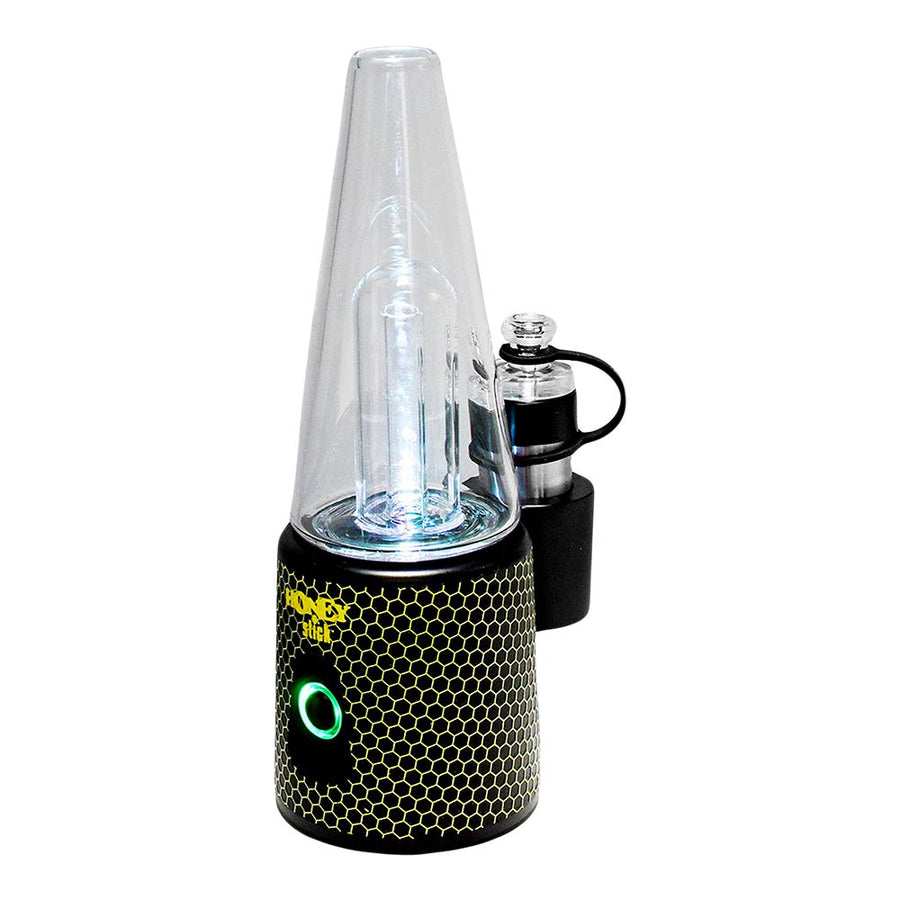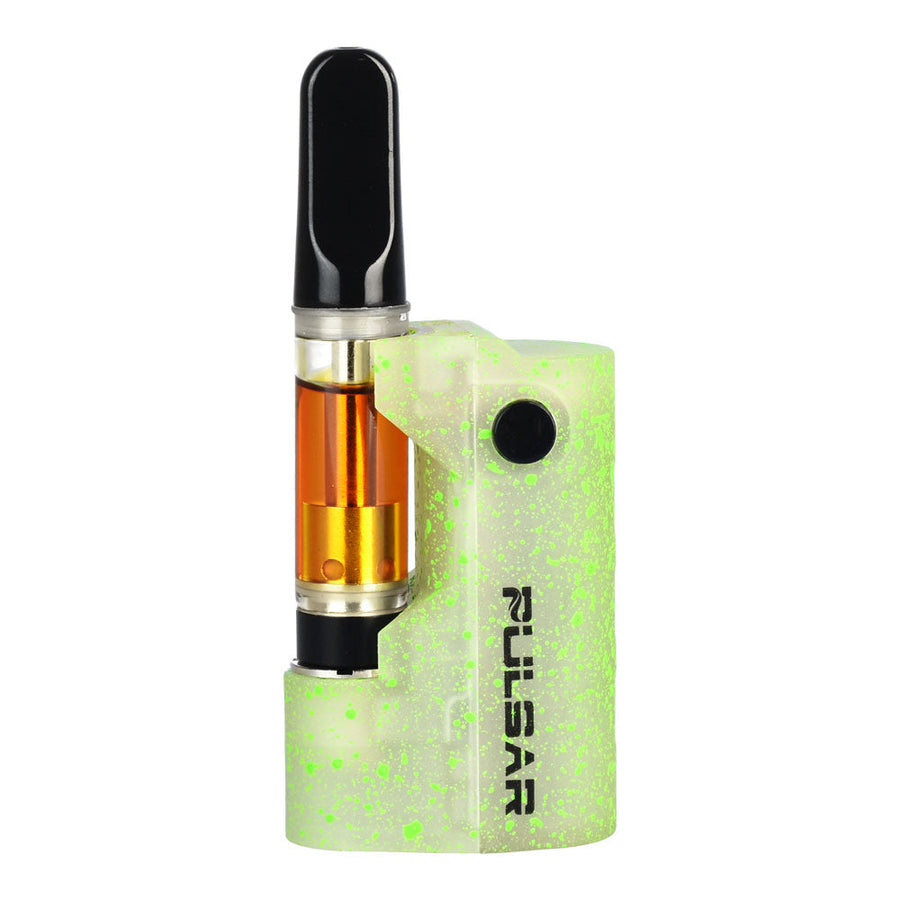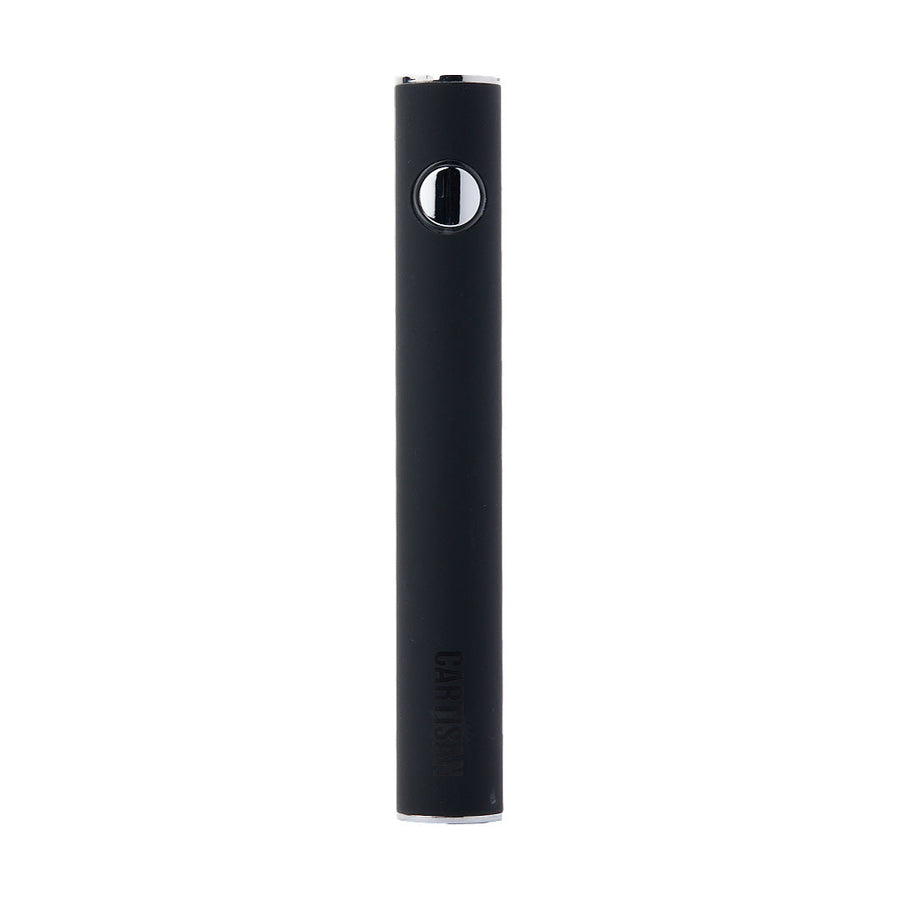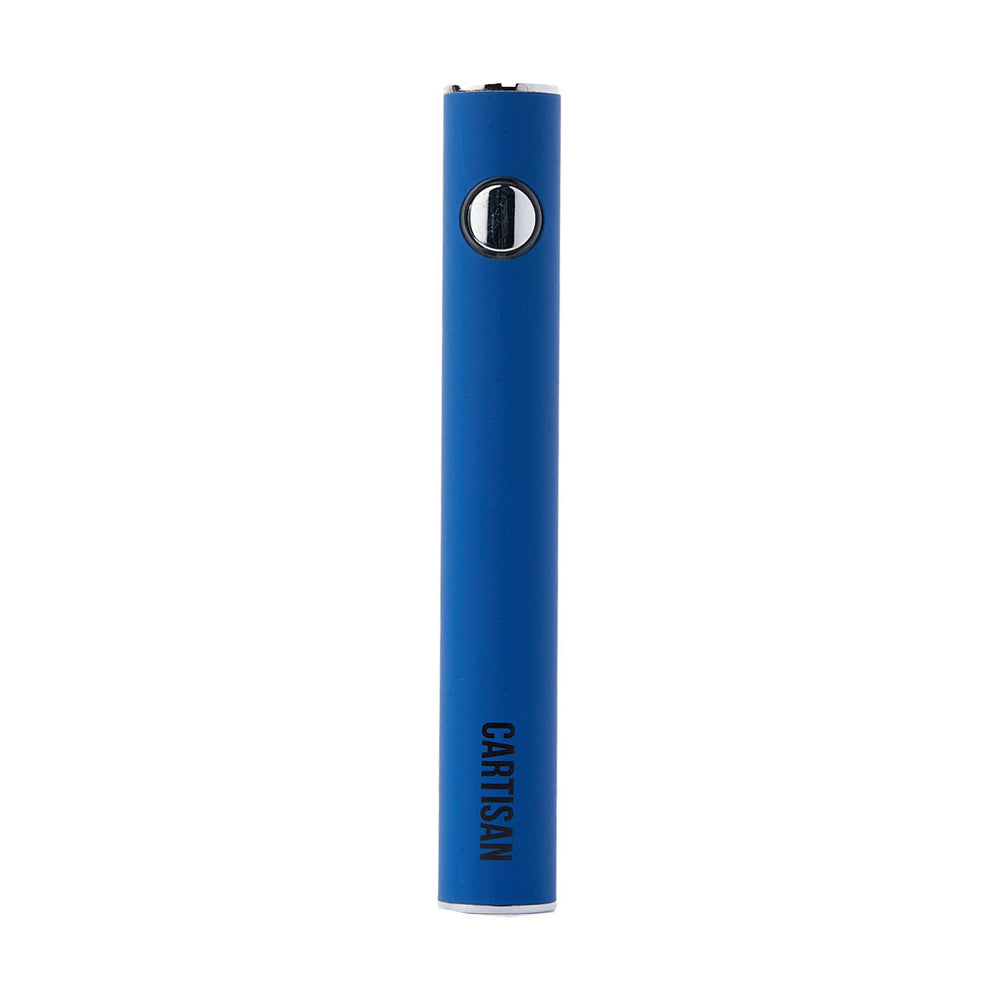What Are in Vapes: Understanding the Contents of E-Cigarettes and Vape Pens

Vaping has swept across the globe, offering an alternative to traditional smoking. Many people turn to e-cigarettes and vape pens seeking a less harmful option or a way to reduce their smoking habits.
But what really is inside these devices that create the vapor we inhale? Understanding the contents of vapes can be crucial for users who prioritize their health and are curious about what they're putting into their bodies.
Surprisingly, not all vape juice is created equal; it contains a mixture of nicotine, flavorings, propylene glycol, vegetable glycerin, and sometimes, chemicals that might raise eyebrows.
This article aims to demystify the substances found in vaping devices and e-liquids by breaking down their components and discussing potential health effects. By learning more about what's in your vape pen or electronic cigarette, you can make informed decisions about your vaping journey.
Keep reading for insights that could impact your view on vaping.
What is Vaping?
Vaping involves inhaling and exhaling aerosol produced by an electronic cigarette or similar device. It differs from traditional smoking and comes with various devices and components.
Definition and explanation of vaping
Vaping involves using electronic cigarettes or vape pens to inhale an aerosol. These devices heat a liquid that turns into vapor, which the user then breathes in. Unlike traditional smoking, vaping doesn’t burn tobacco leaves but heats a special liquid commonly known as e-liquid or vape juice.
This process creates much less smoke and smell compared to burning tobacco in cigarettes.
Electronic cigarettes and vape pens come in many shapes and sizes. Some look like USB drives, while others might mimic pens or even big, boxy gadgets. The main parts include a battery, a heating element, and a place to hold the liquid.
People choose vaping for various reasons – some view it as a lesser evil compared to smoking tobacco products; others enjoy the wide range of flavors offered by e-liquids.
Various vaping devices and components
Vaping devices come in different shapes and sizes, each with its unique components. Here are some common vaping devices and their key components:
- E-Cigarettes:
- Consist of a battery, atomizer, and a cartridge filled with e-liquid.
- Cartridges often contain nicotine, flavorings, and other additives.
- Vape Pens:
- Composed of a battery, atomizer, and a tank for e-liquid.
- Tank holds the e-liquid which may contain varying levels of nicotine.
- Mods:
- Customizable devices with larger batteries.
- Feature adjustable settings for temperature and wattage control.
- Pods:
- Compact devices that use pre-filled or refillable pods.
- Designed for convenience and portability, popular among beginners.
Understanding these devices and their components can help vape users make informed choices about their vaping experience.
Comparison to traditional cigarettes
Understanding the distinctions between vaping and smoking traditional cigarettes is crucial for making informed decisions about your inhalation habits. Here's a concise comparison in HTML Table format to highlight the key differences:
| Aspect | Vaping | Traditional Cigarettes |
|---|---|---|
| Primary Contents | Aerosol containing nicotine, flavorings, and other chemicals | Tobacco smoke containing nicotine and thousands of other chemicals |
| Health Impact | Lesser known long-term effects, but includes potential for organ damage | Well-documented risks including cancer, heart disease, stroke, lung diseases |
| Addiction | High nicotine content can be highly addictive | Nicotine addiction, enhanced by the presence of numerous additives |
| Secondhand Exposure | Exposes bystanders to aerosol particles | Exposes bystanders to smoke, known to cause serious health problems |
| Environmental Impact | Less litter due to disposable nature, but battery and electronic waste pose environmental hazards | Significant litter problem with cigarette butts, one of the most collected items in ocean cleanups |
This table simplifies the complex narrative surrounding vaping and smoking by focusing on the composition, health implications, addiction potential, secondhand exposure risks, and environmental impacts associated with each. Vape users should consider these factors deeply when comparing vaping to smoking traditional cigarettes.
What is in Vapes?
What's in vapes? Understanding e-cigarette and vape pen contents is crucial. The aerosol, nicotine effects, and other chemicals are important to consider.
Aerosol and its contents
When you vape, the device heats up e-liquid, creating an aerosol that you inhale. This aerosol can contain harmful chemicals, as well as ultrafine particles that can get into your lungs.
Some e-liquids also have nicotine, which is addictive and can harm brain development. Additionally, flavorings used in e-cigarettes can include a chemical called diacetyl.
Inhaling these substances through vaping could lead to serious health problems over time. The presence of harmful chemicals in the aerosol poses risks similar to those from secondhand smoke.
It's important for vape users to understand what they're inhaling and how it may affect their health in the long run.
Nicotine and its effects
Transitioning from the contents of aerosol, it's essential to understand nicotine and its effects. Nicotine is a highly addictive substance found in vapes that can impact your brain and body.
It can increase the risk of heart disease. Moreover, exposure to nicotine during adolescence can harm brain development.
Nicotine also has addictive properties which makes quitting e-cigarettes challenging for many individuals. Studies show that vaping liquids often contain varying levels of nicotine - with some having extremely high concentrations comparable to traditional cigarettes.
This underlines the importance of being mindful about your vape liquid choices as they directly influence nicotine intake into your system. Balancing knowledge on these effects against personal habits is crucial when considering health risks associated with vaping.
Other chemicals and flavorings
Vape liquids can contain various chemicals and flavorings, including propylene glycol, vegetable glycerin, formaldehyde, acetaldehyde, acrolein, and diacetyl. These substances are used to create different flavors and produce the aerosol inhaled when using e-cigarettes.
It's crucial for vape users to be aware of these ingredients and their potential health effects on the body.
Understanding the components of vape liquids is essential for making informed choices about vaping. As we delve into the health effects of vaping in the next section, it's vital to remember that these chemicals can have serious implications for your well-being.
Health Effects of Vaping
Vaping can potentially cause organ damage. To know more, read the full blog.
Comparison to smoking
Vaping exposes users to fewer harmful chemicals than smoking traditional cigarettes. While both may contain nicotine, vape liquids do not involve burning tobacco, reducing exposure to harmful toxins like tar and carbon monoxide found in cigarettes. According to the Centers for Disease Control and Prevention, vaping is less harmful than smoking because e-cigarettes have fewer toxic substances compared to regular cigarettes. In fact, a study by Public Health England revealed that vaping is 95% less harmful than smoking tobacco. This presents a potential alternative for individuals looking to quit smoking due to its reduced health risks.
Furthermore, vaping does not produce secondhand smoke or lingering odors often associated with traditional cigarette use. The absence of combustion means no production of ash which eliminates the risk of fire hazards related to smoking. By making the switch from smoking to vaping, individuals reduce their exposure to carcinogens and other hazardous chemicals commonly found in cigarette smoke while still satisfying their nicotine cravings through e-liquids designed specifically for harm reduction strategies when transitioning away from traditional tobacco products.
[IMPORTANT FACTS]: Vaping is considered 95% less harmful than smoking according to a study by Public Health England. The American Cancer Society states that vapor emitted from e-cigarettes contains fewer toxins than secondhand smoke from traditional cigarettes.
Breathing problems and organ damage
When comparing vaping to smoking, it's important to note that vaping can still lead to organ damage. The aerosol in vapes contains harmful chemicals which can irritate the lungs.
Additionally, the fine particles in the aerosol can enter into the lungs and cause damage over time. Research has shown that vaping can also contribute to heart disease.
Furthermore, the use of nicotine in vapes can lead to addiction and increase the risk of organ damage.
It is essential for vape users to understand these risks and make informed decisions about their health when considering vaping as an alternative.
Addiction and other health risks
Vaping poses serious health risks, including addiction to nicotine. Many e-cigarettes contain high levels of addictive nicotine, which can harm developing brains.
Nicotine is particularly harmful during adolescence as it can affect attention, learning, mood, and impulse control. Additionally, vaping exposes users to harmful chemicals which can cause lung damage.
It's essential for vape users to understand these risks and make informed choices about their health.
Vape pens with cannabis oils also pose significant health risks when heated at high temperatures. The inhalation of aerosols from these products can lead to respiratory issues.
Furthermore, research has found that vaping THC (the psychoactive component in cannabis) may be associated with a higher risk of experiencing lung injury compared to vaping nicotine alone.
Vaping and the Current Climate
Vaping faces controversy and government regulation, as well as potential connections to COVID-19. The impact of vaping on the younger generation is also a concern in today's society.
Controversy and government regulation
Vaping has sparked controversy and drawn the attention of government regulation due to concerns about its impact, especially on young people. In recent years, there have been efforts to regulate the marketing and sale of vaping products, including flavor bans in some areas.
The FDA has also taken steps to crack down on illegal sales to minors and flavored e-cigarette products. As a vape user, it's important to stay informed about the evolving regulations and be aware of any restrictions or changes that may affect your vaping experience.
The controversy surrounding vaping is fueled by increasing reports of lung injuries and deaths linked to e-cigarettes. This has prompted government actions such as raising the legal age for purchasing tobacco products, including vapes, across different states in an effort to mitigate use among youth.
It's essential for vape users to keep abreast of these developments and understand how they may impact access and availability of vaping products within their region.
Impact of vaping on young generation
Moving from the controversy and government regulation surrounding vaping, it is crucial to consider the impact of vaping on the young generation. With an alarming rise in teenage e-cigarette use, it is essential to recognize that vape pens often contain nicotine, which can harm brain development and lead to addiction.
According to a study by the National Institute on Drug Abuse (NIDA), nearly 66% of teen vapers believe they are only inhaling flavors rather than nicotine, resulting in a concerning misconception about what they are actually consuming.
The allure of enticing flavors has made vaping more appealing to youths, making it imperative for parents and educators to be vigilant about this issue.
The influence of marketing strategies promoting vape products cannot be overlooked either – with attractive packaging and diverse flavor options geared towards drawing in younger consumers.
This has created significant public health concerns as well as potential long-term ramifications for the next generation’s health outcomes. As such, fostering awareness about the true content of e-cigarettes among teens becomes paramount in curbing this escalating trend and safeguarding their well-being.
Potential connections to COVID-19
Vaping and COVID-19 have been a topic of concern. Studies show that vaping may damage the lungs, making it harder to fight off respiratory illnesses like COVID-19. According to recent research, young people who vape are five times more likely to contract COVID-19 compared to non-vapers.
The chemicals in e-cigarettes can also increase the risk of severe illness from viruses like COVID-19.
It is crucial for vape users to be aware of these risks and take necessary precautions during this pandemic. Understanding the potential connections between vaping and COVID-19 can help individuals make informed decisions about their health and well-being, especially in terms of smoking cessation efforts.
Conclusion
Understanding the contents of e-cigarettes and vape pens is crucial for all vape users. The components, including aerosol, nicotine, and other chemicals, can have significant health effects and addictive properties.
As vaping continues to be a controversial topic with government regulation and potential impact on the younger generation, it's essential to stay informed about its complexities. This knowledge not only empowers us but also underscores the importance of making well-informed choices about our health.
Let's continue this conversation while seeking further resources to deepen our understanding and make informed decisions as responsible vape users.
FAQs
1. What are vapes and e-cigarettes?
Vapes, also known as e-cigarettes, are devices that heat up a liquid to create vapor which people inhale.
2. What's inside vapes and e-cigarettes?
The contents of vapes or e-cigarettes vary but often include nicotine, flavorings, and other chemicals.
3. Are the contents of vape pens different from regular cigarettes?
Yes, while both can contain nicotine, the specific chemicals in vape pens differ from those found in traditional tobacco products.
4. Can understanding what's in vapes help me make informed decisions about vaping?
Absolutely! Knowing what you're inhaling when using an e-cigarette or vape pen allows you to be aware of potential risks and effects on your health.












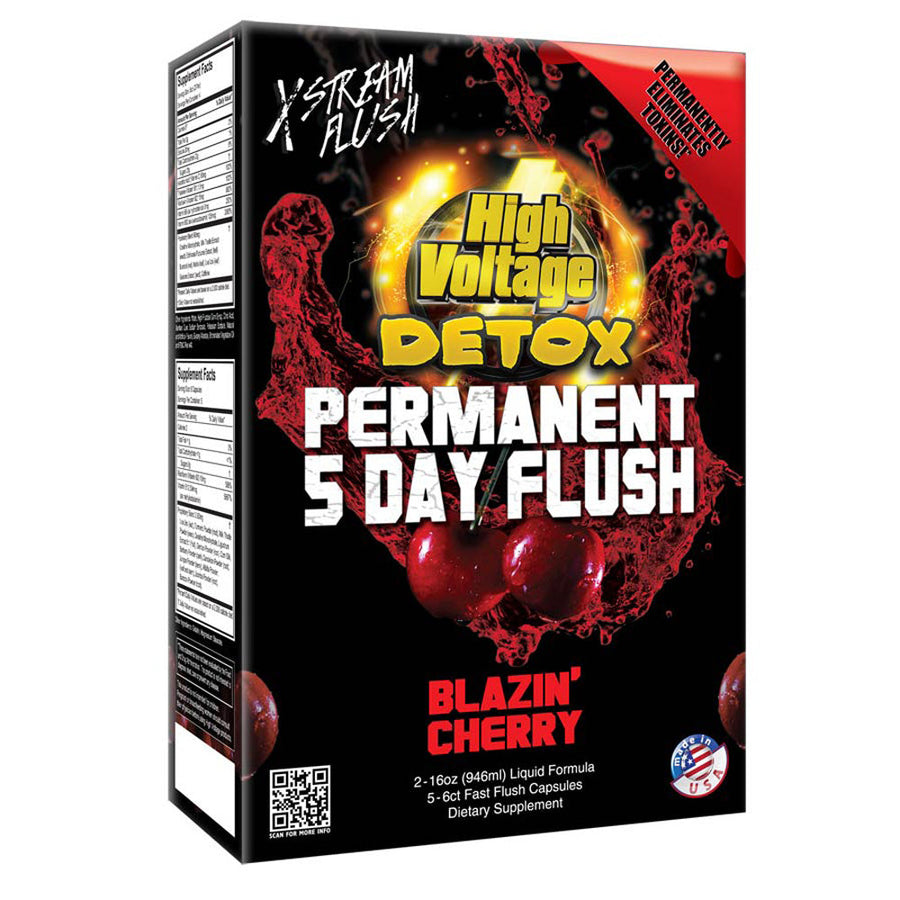
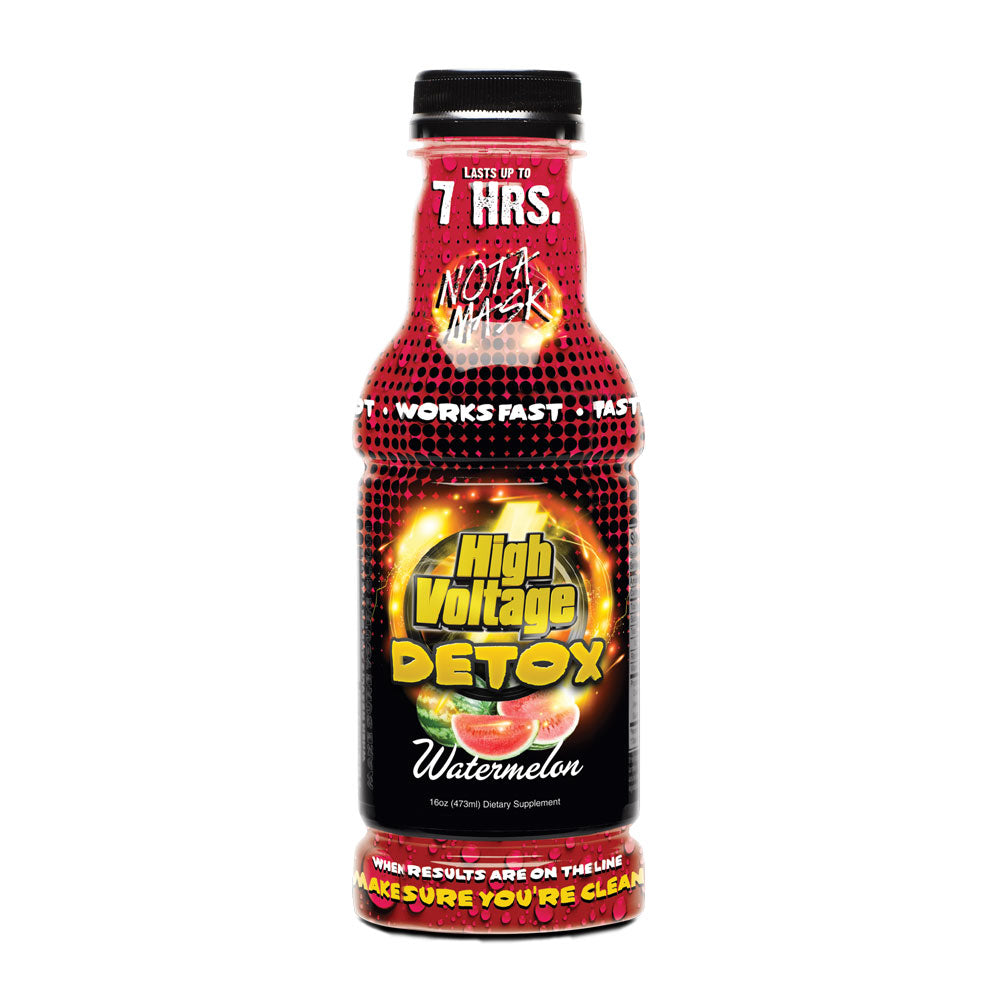
![Vessel Core [Dusk] Vessel Core [Dusk]](http://www.headshop.com/cdn/shop/files/a3563d86-a1be-4432-8900-07ee0c906191.jpg?v=1692121203&width=600)
![Vessel - Compass [Copper] + Vessel - Compass [Copper] +](http://www.headshop.com/cdn/shop/products/1a0ca76e-4e0d-4f7e-a08b-b07a9d652129.jpg?v=1679517367&width=600)
![Vessel - Wood [Slate/Walnut] + Vessel - Wood [Slate/Walnut] +](http://www.headshop.com/cdn/shop/products/39fad26b-371f-4b7d-9281-b7b3863d5733.jpg?v=1679517186&width=600)
![Vessel Compass Rise [Obsidian] Vessel Compass Rise [Obsidian]](http://www.headshop.com/cdn/shop/files/631009c0-e68c-4238-9a63-73f14dd1117f.jpg?v=1717545548&width=600)
![Vessel Expedition - Trail Edition [Black] Vessel Expedition - Trail Edition [Black]](http://www.headshop.com/cdn/shop/products/d7c2ec3d-2d0b-48e8-88f1-6a903a43a807.jpg?v=1679517247&width=600)
![Vessel Compass Rise [Obsidian] - Headshop.com](http://www.headshop.com/cdn/shop/files/631009c0-e68c-4238-9a63-73f14dd1117f.jpg?v=1717545548&width=900)
![Vessel Compass Rise [Obsidian] - Headshop.com](http://www.headshop.com/cdn/shop/files/a12c8ff4-4bee-4dc9-b697-542f6130e46e.jpg?v=1717609092&width=1000)
![Expedition - Trail Edition [Black] - Headshop.com](http://www.headshop.com/cdn/shop/products/d7c2ec3d-2d0b-48e8-88f1-6a903a43a807.jpg?v=1679517247&width=900)
